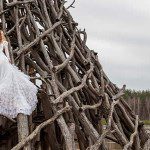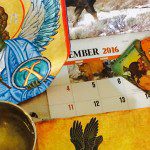My husband asked me the other day if I would cleanse and bless our house. Actually what he said was, “Can you burn that stuff to get rid of anything funky hanging around?” But I new what he meant.
The request puzzled me a bit, in part because he doesn’t usually ask me to do that sort of thing, and in part because I generally do a major cleansing and blessing on New Year’s Day. He explained that he’d been seeing Things in the house – lights, shadows, and figures – and not the usual one that he knows as our house spirit, and that he was concerned about our three year old son also complaining about seeing variations of them. I’d noticed myself that there was an unusual uptick recently in spirit activity, in our home and in general, but nothing in the house would hurt anyone in my family. His comment concerned me though because he doesn’t talk much about seeing spirits, and as I mentioned he almost never asks me to bust out anything witchy.
So, on the full moon I got out some juniper, rose, and birch, and after some thought added some palo santo I’d been given as a gift, and walked through my house carrying it as it burned. Things seem quieter now, although I’ll still do my usual New Year’s cleansing and blessing anyway.
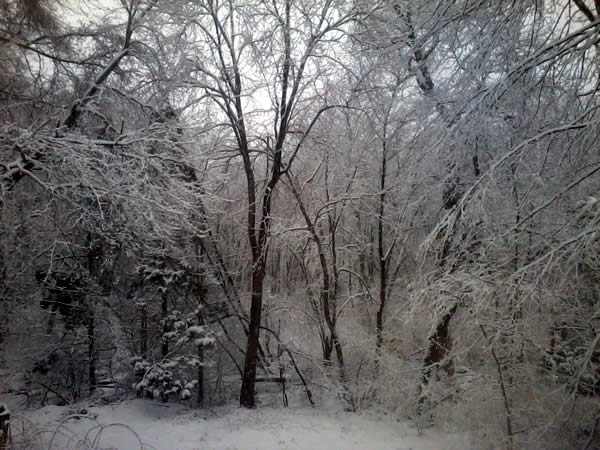
Things always tend to amp up between Samhain and Yule, so it’s not unusual to see an increase in activity from both the spirit world and the Otherworld. This year though seems to be oddly intense in its manifestation. Things are shifting and what is abroad right now seems hungry and decidedly unfriendly. It’s a good time to remember that there are more dangers in winter than just black ice and hypothermia.
The Winter Court
In some folklore, particularly Scottish, the beings of Fairy were divided into two groups, the Seelie or “blessed” court, who generally mean us well, and the Unseelie, or “unblessed” court, who generally mean us harm. Of course it’s not as easy as that and there is a lot of fluidity between the two groups; which court a being falls into is often more a matter of our perception of the level of danger they represent to us. If you offend the Seelie Fey they will not hesitate to harm you, and in some cases the Unseelie court can be helpful to an individual. In some more modern views instead of being called blessed or unblessed the courts are named for seasons, Summer and Winter respectively, although the harm or non-harm still applies.
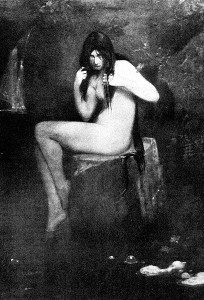
The Winter Court, in general, contains those beings who are the most naturally inimical to humans. If we look at the bulk of fairy stories it becomes clear that people had good reason to fear certain types of the Other Crowd for good reason. The Kelpie can appear as a dark horse and tricks people into riding them then returns to their watery homes with the person unable to let go, where the Kelpie drowns and eats them. Red Caps get the festive red color of their hats by dyeing them in human blood. Bogles can bring blight to crops or attack people. The Wild Hunt has been known to toss the severed limbs of children at their parents when those parents are rude to the passing Riders. These are some of the beings of the Unseelie Court, the Winter Court, or whose actions are in alignment with it. In my experience these exist in America as well the countries their stories are still told in, and as well there are other things here which I would call Winter Court that are native to this place. The key is really in whether they tend to see humans as a food source or otherwise have a tendency towards more malicious activities with us on the receiving end. It’s important to avoid an either/or mindset with these beings though. We like to think that either something is good or it’s bad/negative/evil but the truth is while they may be harmful to us and dangerous to us for the most part they aren’t evil or bad. They simply are true to their nature, which doesn’t happen to favor us as superior to them or beyond harming. Kind of like sharks aren’t bad or evil just because they kill people sometimes. It’s about perspective. On the flip side of that though the fact that we shouldn’t put them in a moral judgment box labeled ‘evil’ doesn’t change that they are dangerous to us, something we need to remember about sharks as well if we happen to be swimming with them.
Winter’s Dark
One reason I like calling it the Winter court myself is because winter does seem to be their season. Winter isn’t a bad time and offers necessary rest, reflection, and potential renewal. In my tradition Samhain and the plunge into the darkness ruled by the Winter court is also the beginning of the new year and a chance for letting go of the old and looking to new goals. Its also a time where I live when the cold closes in and the snow and ice come, and life feels more fragile and precious than it did in the bright warmth of summer. That fits the Winter court well, where life is more precious because it is tenuous and where darkness can be both beautiful and deadly. When the Wild Hunt rides across the sky and the sound of hounds and horses echo in the air it is frightening and it can mean death, but it can also mean blessing. Like any hunt the death of one thing feeds others, and that’s a valuable lesson the Winter court offers us.
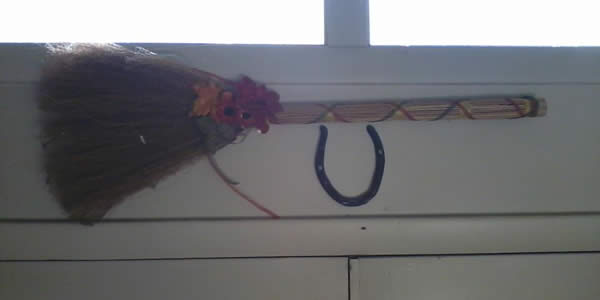
Better Safe Than Sorry
This time of year when the Winter court holds sway those who are part of it are out and about. These are not the merry little illustrations from children’s books or the brooding-but-really-kindhearted characters of young adult fantasy. Certainly they aren’t evil, any more than grizzly bears or blizzards are evil, but they should be taken seriously. And a person would be wise to protect against them, especially now. Iron¹ is a good way to go: a horseshoe above the door, a nail in the door post, a knife; ringing a bell is another good way to drive the Hidden Folk away from a place although sources are divided on whether this works only on dangerous Fey or on all of them. You could double down and ring an iron bell. Salt is another good bet for warding, and one thing I do every year is to mark the boundary of my property with a line of salt. Generally speaking those beings who are immune to iron will be warded off by salt. Silver is also a good idea, and there are a variety of woods and herbs with protective qualities. Fire is also a good protection and can be carried around or lit for blessing and to drive off dangerous spirits.
So winter is upon us and the Winter court seems particularly active this year – not to mention the human ghosts and other spirits that are neither Fey nor former humans. Its getting dark out there, and not just at night, and even people with good protections in place might consider adding some more layers against this particular winter and its Otherworldly spirits. You can’t be too careful after all.
- Since this seems to confuse people – steel works just as well. Steel is, after all, anywhere from 90 to 98% iron depending on the alloy. Even forged iron is usually only 98% iron by the way. So for apotropaic purposes iron or steel are both fine. (back)

Patheos Pagan on Facebook.
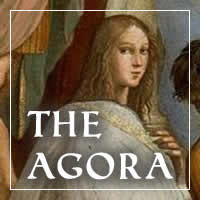
the Agora on Facebook
Irish-American Witchcraft is published bi-monthly on Tuesdays here on the Agora. Subscribe via RSS or e-mail!
Please use the links to the right to keep on top of activities here on the Agora as well as across the entire Patheos Pagan channel.


